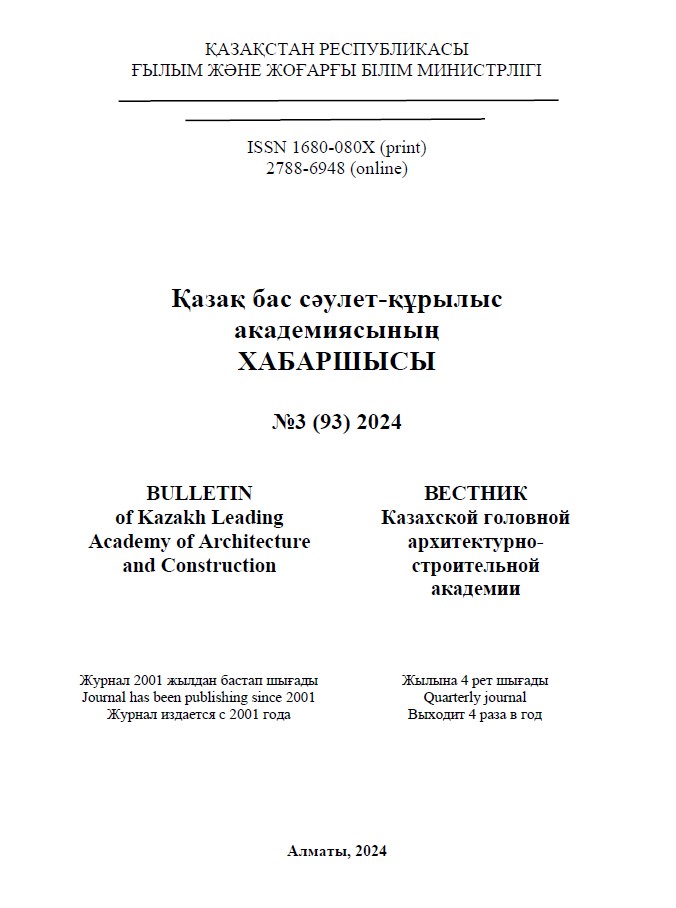Abstract
Porous silicon carbide (SiC) ceramics possess unique thermal and structural properties, making them highly valuable for applications requiring high-temperature stability, corrosion resistance, and controlled thermal conductivity. Due to their superior characteristics, porous SiC ceramics are widely used in industrial and environmental applications, including thermal insulators, thermoelectric energy converters, fusion reactors, water purifiers, molten metal and hot gas filters, diesel particulate filters, heatable filters, heating elements, membrane supports, and catalyst supports. This paper reviews the key factors influencing the thermal conductivity of porous SiC ceramics, such as porosity, pore size, additive composition, and necking area. Understanding how each of these factors affects thermal conductivity can facilitate the design of SiC ceramics tailored to meet specific thermal and mechanical requirements. As the porosity of porous SiC ceramics increases, their thermal conductivity generally decreases. However, at a constant porosity, the thermal conductivity tends to increase with larger pore sizes. Additionally, the incorporation of conductive phases, thermally insulating secondary phases, or excess carbon or silicon significantly impacts the thermal conductivity. The development of the necking area between SiC grains also plays a critical role: a well-developed necking area improves heat transfer across the ceramic, thereby enhancing thermal conductivity. Based on these critical factors influencing thermal properties, a novel strategy for tuning the thermal conductivity of porous SiC ceramics is proposed.


